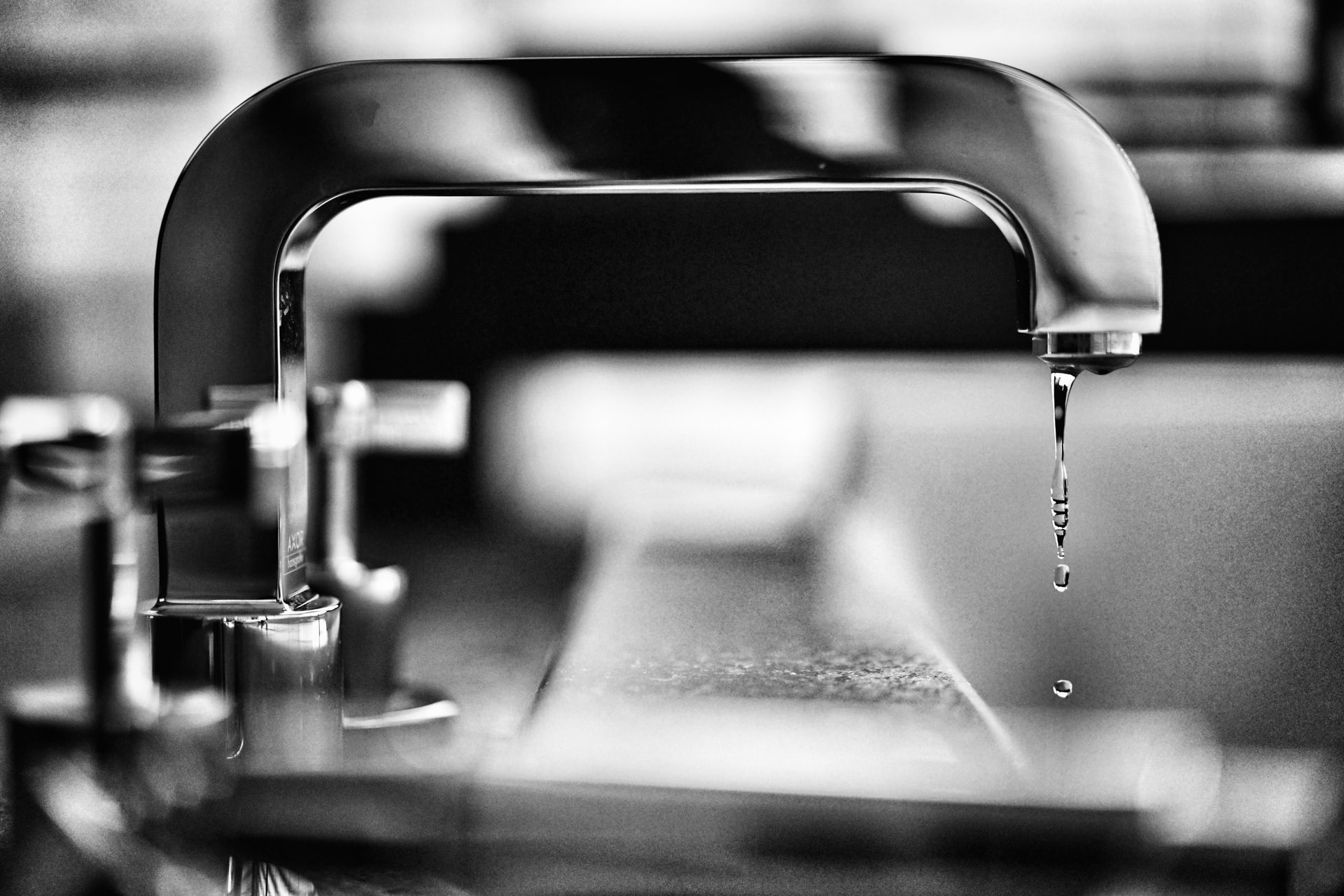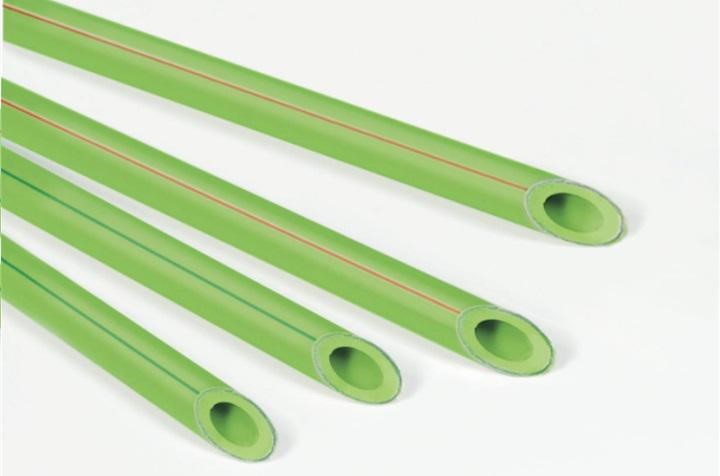Every person has got their own individual piece of advice when it comes to A greener guide to plumbing materials.

Consider the Material's Life-span
Go with plumbing products that offer toughness and longevity. Longer-lasting materials suggest fewer substitutes, decreased waste, and reduced long-term environmental influence. For example, copper and stainless-steel are both highly durable and 100% recyclable, which helps minimize waste.
Evaluate the Production Process
Look for items made through environmentally friendly procedures. This consists of materials like cast iron or copper, which can be produced with a fairly reduced environmental impact compared to plastics that call for chemical-intensive production processes.
Focus On Water Effectiveness
Picking water-efficient fixtures, such as low-flow toilets, faucets, and showerheads, is critical. These fixtures minimize water use, which not only lowers your water expense however additionally lowers the energy consumed in water home heating and minimizes the pressure on sewer treatment facilities.
Select Non-Toxic Products
Prevent products that leach chemicals into the water. Copper and PEX are generally safe, however it's important to guarantee that any kind of plastic components do not consist of unsafe chemicals like BPA or phthalates, particularly for alcohol consumption water lines.
Take Into Consideration the Power Required for Water Home Heating
Select plumbing designs and materials that reduce the energy needed for heating water. Insulating your hot water pipes and choosing efficient system layouts can significantly decrease the energy used, thus reducing your home's total carbon impact.
Select Locally Sourced Products
Using locally sourced products can reduce the carbon discharges associated with transport. Furthermore, supporting local organizations aids advertise a sustainable local economic situation.
Assess End-of-Life Disposal
Consider the recyclability and biodegradability of pipes products. Metals like copper and steel are frequently recyclable, while some plastics and rubbers could not be, adding to garbage dump waste. Recognizing the lifecycle of the products you choose can aid in making a much more sustainable choice.
Try to find Qualifications
Seek out items with environmental certifications. Qualifications like EPA's WaterSense, GREENGUARD, or Cradle to Cradle (C2C) suggest that products fulfill strict environmental requirements throughout their lifecycle.
Look For Recycled Content
Pick materials which contain recycled content. Several metal pipes products, like those made from copper and stainless-steel, typically include a substantial percentage of recycled products. PVC and PEX can additionally include recycled plastics, though their overall ecological impact might be higher due to their manufacturing and disposal processes.
Final thought
Choosing green plumbing products involves taking into consideration the sturdiness, recycled content, making process, water and power efficiency, toxicity, sourcing, disposal, and qualifications of the products. By making educated options, home owners can considerably lower their environmental influence while ensuring the effectiveness and longevity of their pipes systems.
The Impact of Plumbing Materials on the Environment
When buying a home you may be interested in having a sustainable home, and one of the most important aspects that you should not overlook the plumbing systems. With water contamination getting more and more common lately, it’s important to understand how plumbing systems work and their impact on the environment. Drinking water is carried through these pipes everyday and when choosing plumbing materials we must consider ecological toxicity, air pollution, fossil fuel depletion, and global warming.
Low Cost
When buying a home you may be looking for the cheapest way to be sustainable. Although some environmentally-friendly products may be somewhat more expensive than their competitors, money will be saved in the form of reduced water usage and decreased energy consumption in the long run.
A Life Cycle Inventory of residential plumbing systems done in 2011 showed that CPVC systems demonstrate 5% less energy waste than PEX systems and 17% less than copper. This study also indicated that CPVC systems wanted 30% less water than copper and 15% less than a PEX system. These numbers are likely due to the differences in thermal conductivity between these materials.
Copper has a thermal conductivity that is hundreds of times higher than plastics. PEX materials are the least thermal conductive of the three tested and this is why it is better in conserving water and energy.
Sustainability
While environmental performance is important, people can still be concerned about the sustainability of their home. The use of proper plumbing materials when building a home can greatly affect the future sustainability of the home, which can also affect future costs and bills.
A relatively new factor in plumbing, eco-friendly pipe materials can reduce both energy costs, and the overall environmental footprint of your home. These materials are not as widely available due to their recent introduction to the industry, but an understanding of the benefits of each can help save both money and the environment later down the line.
Environment-Friendly Materials
The two most common types of piping material in use today are metals like iron and copper, and PVC piping. Of the two, metal piping is more environmentally friendly and sustainable, but not without drawbacks.
PVC piping however, is notorious for low sustainability, contaminating water with chemicals, and increased waste or “greywater”. While PVC is recyclable, the process is expensive and not in high demand due to the cheap price of fresh PVC.
Metal piping however, has a longer lifespan with less chance of deterioration and no harmful chemical waste that could contaminate your water and potentially harm you or your family. Metal piping is susceptible to corrosion however, usually after a long fifty year lifespan.
The best alternative to these two pipings is relatively new eco-friendly plastics like the ones mentioned earlier. Polyethylene and polypropylene are the two main ingredients in these pipes which are recognized by Greenpeace, an environmental organization, to be the only “future-friendly” piping material on the market.
The more natural and longer lasting materials prevent long term contamination with eco-friendly materials that last long enough to rival the longevity of metal piping. Even local Atlanta plumbers and plumbing installers should have access to the materials you need to make your house eco-safe.
https://www.ecomena.org/impact-of-plumbing-materials-on-environment/

As a serious reader on Eco-Friendly Plumbing Practices for a Greener Home, I think sharing that excerpt was a good idea. Remember to take a moment to promote this article if you appreciated it. I value your readership.
Click Here
 Emilio Estevez Then & Now!
Emilio Estevez Then & Now! James Van Der Beek Then & Now!
James Van Der Beek Then & Now! Kelly Le Brock Then & Now!
Kelly Le Brock Then & Now! Mason Reese Then & Now!
Mason Reese Then & Now! Jaclyn Smith Then & Now!
Jaclyn Smith Then & Now!